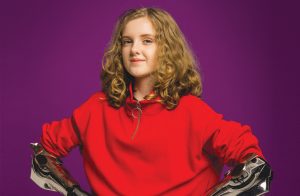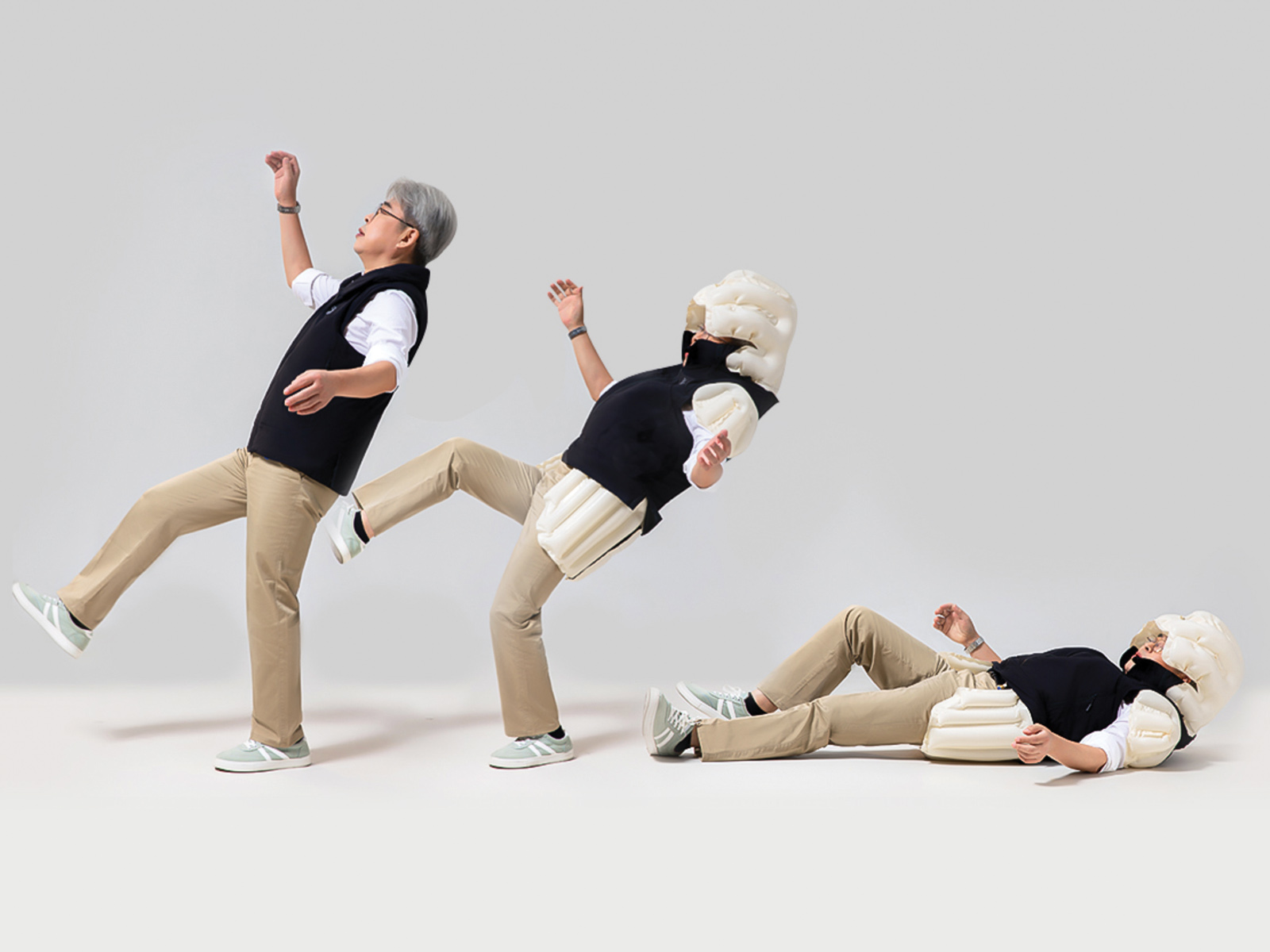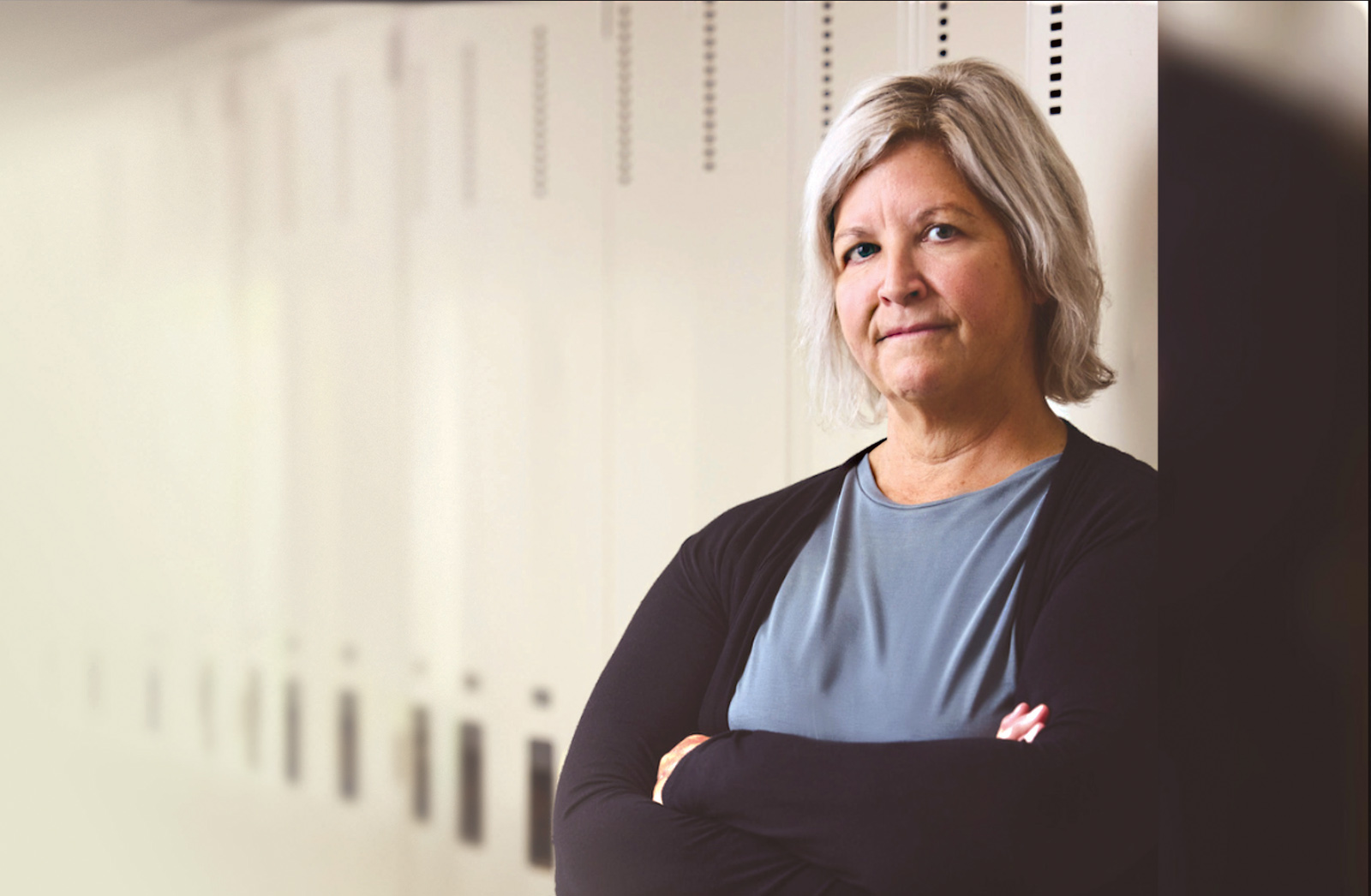Inclusion, accommodation and change
A recent three-year study set out to explore how big societal changes will positively impact the inclusion of young people with disabilities as they step into the working world. Work is changing fast. Influenced by shifts in society, technology, economics, environment, and politics, these changes aren’t just shaping how we work, but also who gets to work and how.
Back in 2021, researchers at the Institute for Work & Health launched a three-year study to unpack the future of work and what it means for including young people living with disabilities. This group has historically faced barriers to good job opportunities and often still finds it tough to navigate paths to career growth.
The study aimed to find practical solutions to better integrate people with disabilities into the workforce and make policies, programs, and strategies more flexible in a shifting job landscape. Using a method called the Delphi survey, which involves multiple rounds of questioning, researchers gathered insights from over 100 policymakers, disability service providers, job experts, and young Canadians living with disabilities. Early rounds of questioning pinpointed six specific areas of the future of work that represent challenges for persons with disabilities:
1) The impact of advanced digital technologies,
2) Artificial intelligence (AI) in human resource (HR) decision-making,
3) Digital globalization,
4) Cultural tensions around workplace inclusivity,
5) Climate change, and
6) External shocks that could speed up the pace of change.

Researchers and participants explored how these shifts either help or hinder young people with disabilities from joining the workforce. They brainstormed a bunch of strategies to tackle the barriers they identified. In the end, the research team ranked these strategies, and the final report published in March 2024 highlights the top-ranked strategies and offers concrete recommendations for employers, policymakers, community-based organizations, and other stakeholders interested in an accessible future of work. Here’s a rundown of the key findings for each of the six challenges:
Impact of advanced digital technologies
Advanced digital technologies like AI systems, smart sensors, and cloud-based storage are rapidly changing workplaces everywhere. While they bring benefits like better access for people with disabilities and more flexible work options, they also create challenges. Automation driven by these technologies might put certain jobs at risk, especially for workers in unstable positions. However, this digital shift also opens up new job opportunities, offering hope for people with disabilities to find new paths into the workforce—though they often require specialized skills. Top-ranked strategies of inclusion for this challenge include:
1) Helping youth and young adults with disabilities learn new job skills by providing greater access to life-long training
2) Raising employer awareness about new accessibility and accommodation challenges created by digital technologies
3) Ensuring technology is affordable for all.
AI in HR decision-making
AI is starting to play a big role in HR, from hiring to keeping an eye on performance, promising speed and cost savings. But sometimes, biases in AI design and data can disadvantage people with disabilities, shutting them out of opportunities or promotions. For instance, AI might unfairly treat people who think differently during interviews or penalize applicants for using disability-related words on resumes. Also, using AI can raise worries about privacy and stress for workers trying to meet AI-set productivity goals. Here are some strategies for inclusion:
1) Applying a diversity, equity, inclusion, and accessibility (DEIA) lens to the design and application of AI in HR programs
2) Balancing the use of AI with human input in HR decisions
3) Being transparent in how workplaces use AI in their hiring practices.
Digital globalization
The world’s becoming more connected thanks to digital tech, and it’s changing how work gets done. Jobs are now often done remotely, with people from all over bidding for gigs. Augmented reality makes virtual teamwork possible, but this global setup can make job competition fierce, potentially eroding worker protections and displacing people. While remote work opens doors for young people with disabilities, they might face exclusion because of tougher competition and fewer local support systems. If they look for jobs abroad, they could miss out on local help for people with disabilities. The three most highly ranked strategies in this challenge area are:
1) Enforcing a minimum standard for accessibility and employment rights internationally
2) Providing financial support to young people with disabilities to help them compete for jobs
3) Updating educational curriculums to meet the demands of a global economy.

Cultural tensions around workplace inclusivity
Social movements and changing generational perspectives are reshaping workplace cultures and stirring tensions around inclusivity. With Canada’s workforce getting more diverse, organizations need to change to attract and keep talent. Inclusive workplaces offer equal chances, but there’s pushback, especially from those used to being in power. This tension, fueled by fears of losing status, could block opportunities for vulnerable workers, like young people with disabilities, especially as populist movements gain ground. Here are the top ways to ease these tensions:
1) Building employer confidence to create disability inclusive workplace cultures
2) Updating existing anti-discrimination laws and policies
3) Counteracting negative attitudes that are spread by populist movements.
Climate change
Climate change is changing job opportunities and conditions, hitting some places and industries harder than others. Rising temperatures put workers at risk of heat exposure, while more emissions mean more air pollution and extreme weather, disrupting work and infrastructure. Workers with disabilities, especially in climate-sensitive jobs, face extra risks and barriers to getting social protections. And while the green economy brings new job chances, young people with disabilities might struggle to get training for those roles, limiting their job options in sustainable industries. Strategies of inclusion in challenge five include:
1) Increasing options for remote work and flexible
work arrangements
2) Making public transit more accessible for people living with disabilities
3) Incentivizing workplaces to develop climate change plans that are fully inclusive of people living with disabilities
External shocks speeding up the pace of change
Natural disasters, pandemics, or economic downturns can suddenly change the job market and how we work. Sadly, people with disabilities often feel these changes hardest. They often work in unstable jobs that lack basic protections like job security or paid leave, making them more likely to lose work or hours during tough times. Plus, those in low- paying jobs might not have savings to fall back on or get training for better jobs. The COVID-19 pandemic showed these disparities clearly, as workplaces closed, everyone rushed to work from home, and automation sped up, leaving workers with disabilities struggling to get by. Here’s what we can do:
1) Facilitating employment in stable jobs that may be less affected by shock events
2) Ensuring workplaces are prepared to meet the needs of workers with disabilities during a shock event
3) Offering financial aid to people with disabilities who lose their jobs due to external shocks.
Overall, the Institute for Work & Health study emphasizes the urgent need to prioritize the inclusion of people with disabilities in the changing world of work. The research findings stress the need for careful planning to empower young workers with disabilities. By listening to these insights, we can make strong policies and programs that can handle whatever changes come our way. It’s vital for everyone involved to talk about the future and find flexible plans that keep inclusivity at the core. Let’s all work toward a future where everyone, no matter their abilities, can thrive at work.
Kaylie Dolan is a graduate student in International Migration and Public Policy at the London School of Economics and Political Science, and a freelance writer for the Canadian Abilities Foundation.














